A worksheet to use when teaching students how to recall facts and details when reading.
Use this worksheet when teaching students how to recall facts and details in texts.
Using a newspaper article students fill in a fact finder table.
Updated: 08 Oct 2016
A worksheet to use when teaching students how to recall facts and details when reading.
Non-Editable: PDF
Pages: 1 Page
Years: 3 - 6
Tag #TeachStarter on Instagram for a chance to be featured!

A worksheet to use when teaching students how to recall facts and details when reading.
Use this worksheet when teaching students how to recall facts and details in texts.
Using a newspaper article students fill in a fact finder table.

We create premium quality, downloadable teaching resources for primary/elementary school teachers that make classrooms buzz!
Would you like something changed or customised on this resource? While our team makes every effort to complete change suggestions, we can't guarantee that every change will be completed.
Did you spot an error on this resource? Please let us know and we will fix it shortly.
Are you having trouble downloading or viewing this resource? Please try the following steps:
If you are still having difficulty, please visit the Teach Starter Help Desk or contact us .
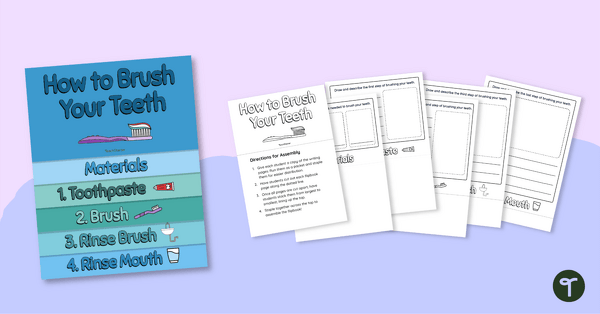
Use this “How to Brush Your Teeth” procedural writing activity to help familiarise your students with the structural elements of procedure texts.
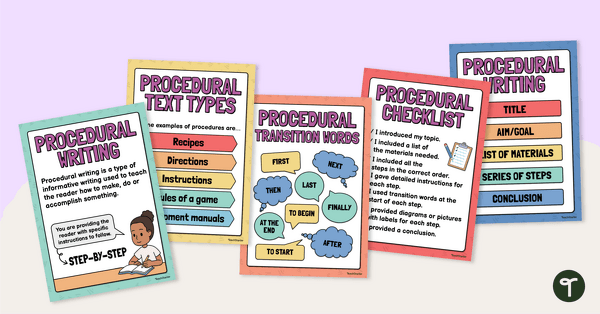
Display this set of 5 procedural writing posters in your classroom during your procedural writing unit.
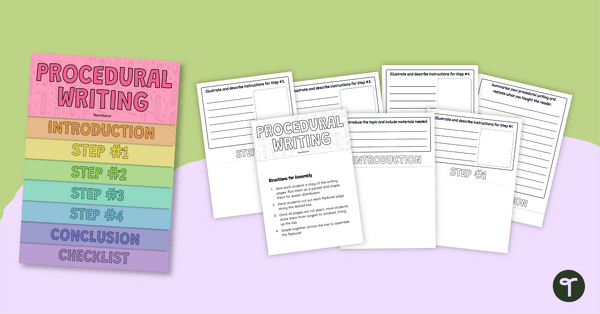
Get your students to write a procedure text using this easy-to-compile flipbook scaffold.
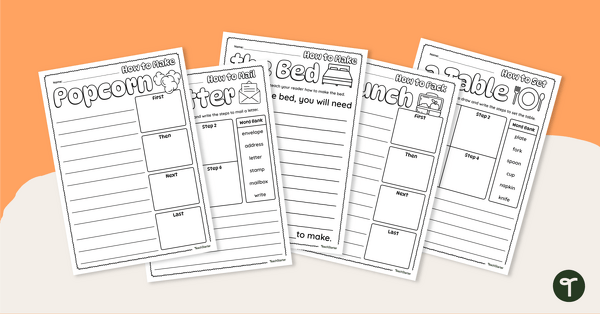
Get your students to write procedural texts with this set of differentiated procedure writing prompt templates.
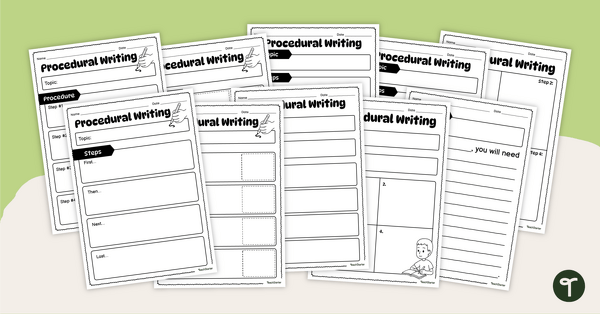
Get your students to write procedural texts with this set of 10 differentiated graphic organisers.
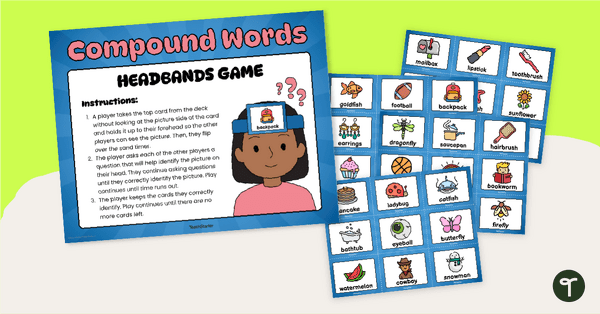
Boost vocabulary skills and engage your students in some word-friendly fun with an engaging Compound Word Headband Game.
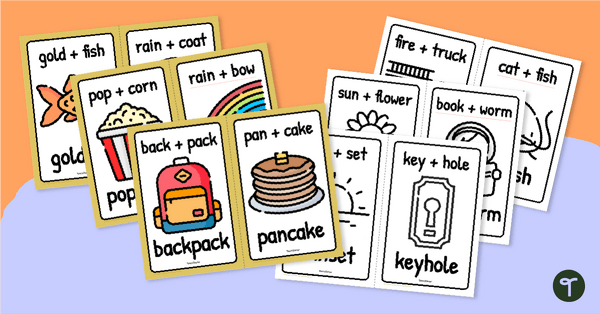
Give your students a visual reminder of the meanings and parts of compound words with a printable set of miniature compound word anchor charts.
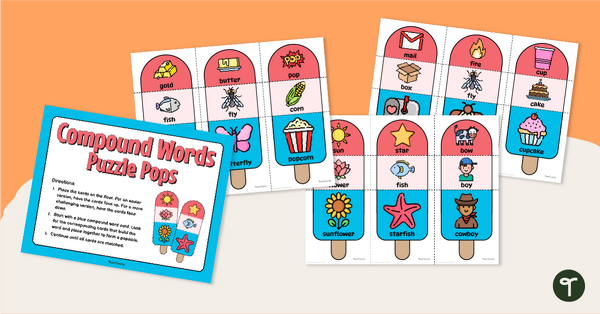
‘Pop’ in a bit of extra practise with compound words with a fun set of Compound Word Puzzle Pops!

Introduce your students to a variety of new compound nouns with a pack of levelled Compound Word Mats.
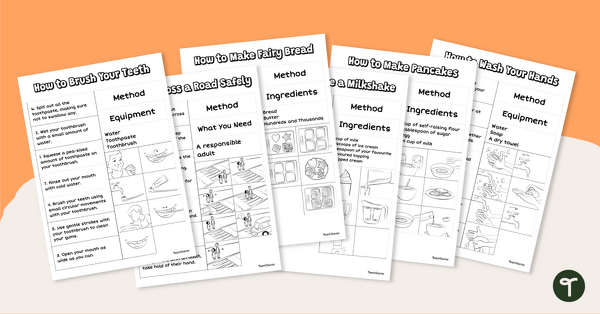
Use these different examples of procedure writing to teach your students about the structural features of procedure texts.
0 Comments
Write a review to help other teachers and parents like yourself. If you'd like to request a change to this resource, or report an error, select the corresponding tab above.